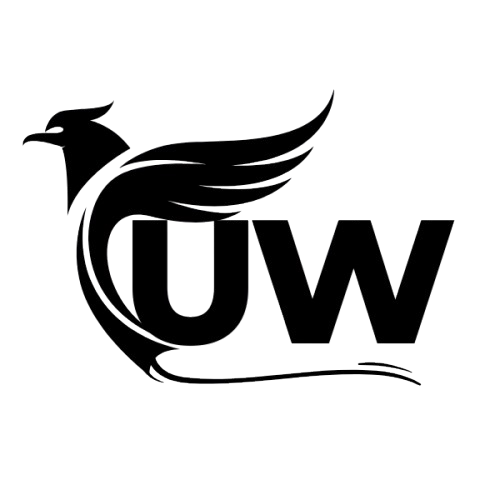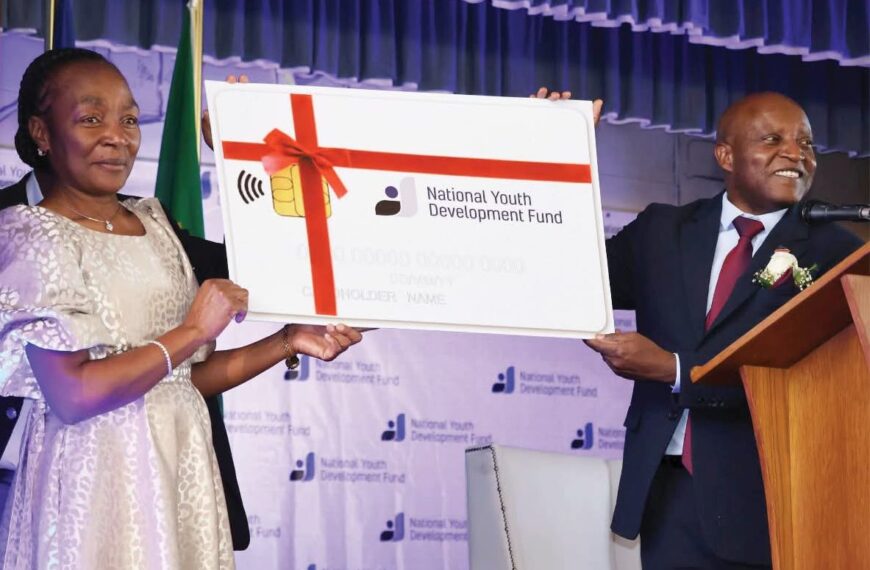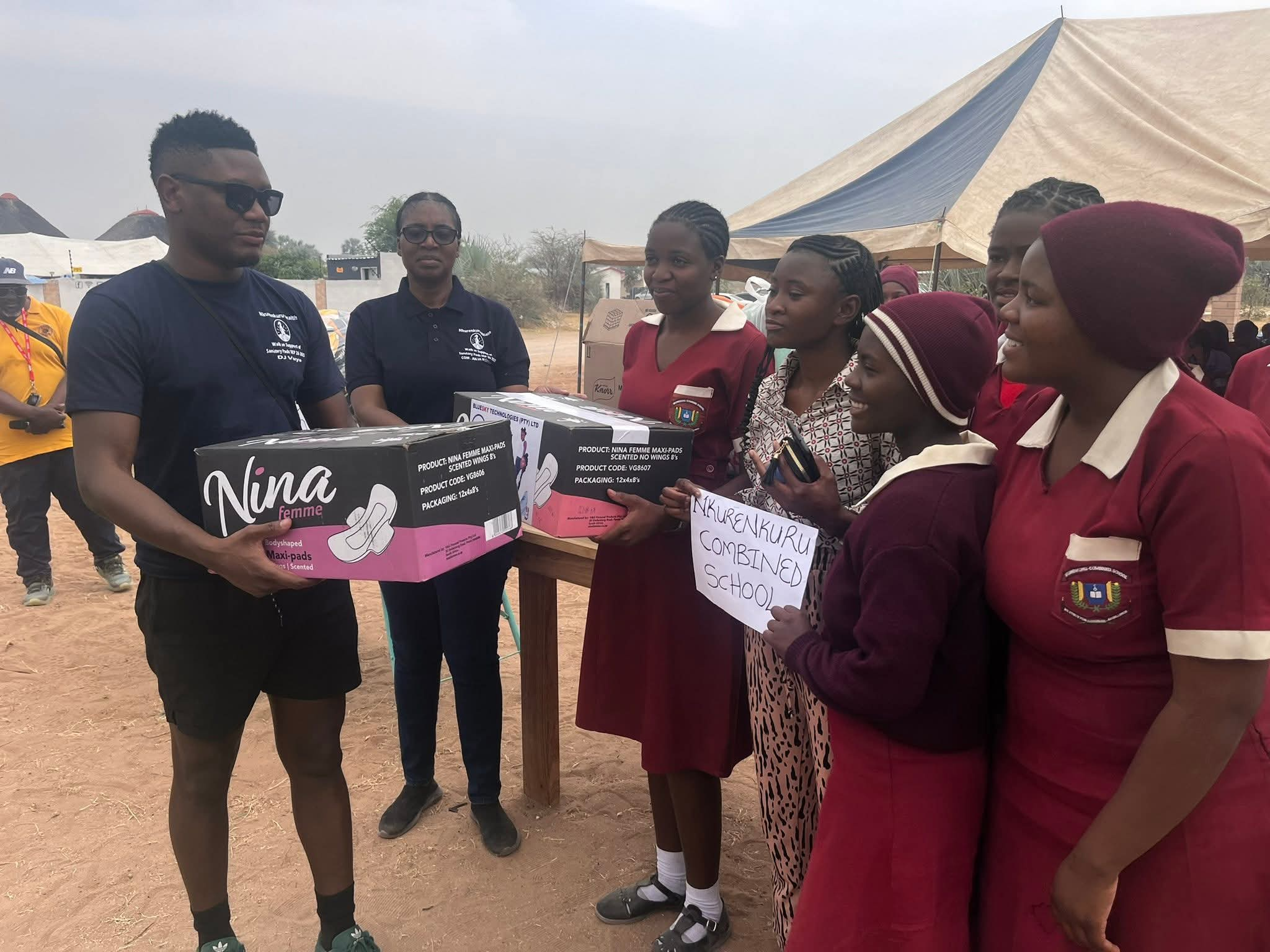
The National Petroleum Corporation of Namibia (NAMCOR), together with its partners in Petroleum Exploration License 85 (PEL 85), has announced a significant light oil discovery at the Capricornus 1-X well in the Orange Basin, offshore Namibia.
According to an official operational update from Rhino Resources, the operator of PEL 85, the Capricornus 1-X well was drilled using the Noble Venturer drillship. The well reached a total depth of 4,957 metres on 2 April 2025 after being spudded on 17 February. Drilling successfully penetrated the primary Lower Cretaceous target and encountered 38 metres of net hydrocarbon pay with excellent reservoir quality.
No water contact was found, indicating a well-contained oil-bearing zone. The light crude oil discovered is estimated to have an API gravity of approximately 37°, with low gas content (less than 2% CO₂) and no hydrogen sulphide, all positive signs for potential development.
Wireline logging and production tests confirmed strong reservoir performance, showing surface-constrained flow rates exceeding 11,000 stock tank barrels per day (stb/d) on a 40/64” choke. Fluid samples have been collected and will undergo further laboratory testing to determine commercial viability.
Rhino Resources holds a 42.5% interest in the license, with Azule Energy (a joint venture between BP and Eni) also holding 42.5%. NAMCOR owns a 10% stake, and Korres Investments holds the remaining 5%.
Commenting on the discovery, Rhino Resources CEO Travis Smithard said, “The results have proven the existence of a high-quality light-oil bearing reservoir. This achievement is a testament to the outstanding execution of the campaign by the Rhino team and our service company partners.”
The well will be temporarily plugged and abandoned as part of standard procedures, and the drillship is now being demobilized. The consortium will conduct further post-drilling analysis to decide on the next steps for exploration and potential development in the block.
NAMCOR reaffirmed its commitment to expanding Namibia’s upstream oil and gas sector through strategic partnerships and technical excellence.
While the discovery brings hope to Namibia’s oil ambitions, not all news has been positive. In recent months, several international oil companies have scaled back or exited the Namibian market due to technical and commercial challenges.
Shell has written down $400 million in offshore exploration costs, stating that the discovered oil and gas could not be confirmed for commercial development due to poor rock permeability and high gas content.
Chevron has also reported that its exploration in the Orange Basin did not find commercially viable oil or gas, though the company plans to continue research in the area.
Meanwhile, ExxonMobil withdrew from talks to buy a 40% stake in the promising Mopane discovery, and French company Maurel & Prom has exited Namibia altogether after failing to attract investors.
Despite these challenges, the discovery at Capricornus 1-X stands out as a beacon of potential and could play a key role in positioning Namibia as a future energy producer on the global stage.


























